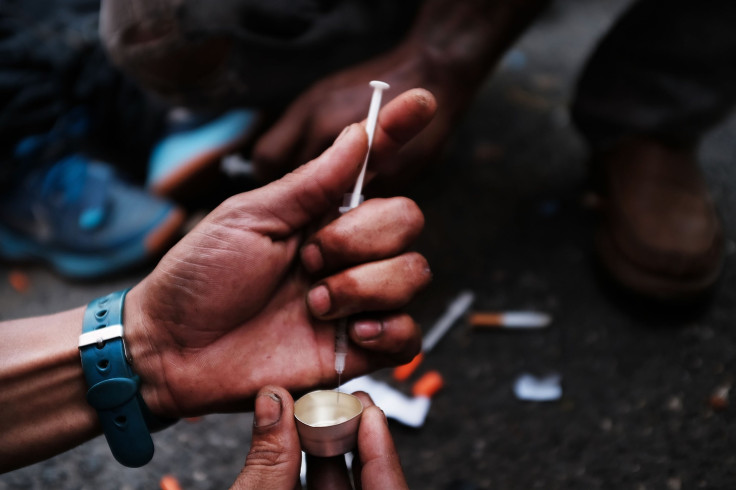Seven Deaths In San Diego From Gangrene And Botulism Blamed On Black Tar Heroin Use

The San Diego County Health and Human Services Agency issued a health advisory Thursday following several deaths in the past two months from gangrene and botulism blamed on the use of black tar heroin.
From Oct. 2 to Nov. 24, nine San Diego residents had been admitted to hospitals across San Diego County after being diagnosed with severe myonecrosis and botulism. Seven died. Investigators said all had used black tar heroin and the infections started around injection sites.
Myonecrosis, or gas gangrene, is a tissue infection caused by bacteria called clostridium perfringens. The tissue near the infection becomes pale or brownish-red with painful swelling that could destroy the infected area.
Symptoms include severe pain and fever, drainage from blisters and jaundice. If it goes untreated, a person can go into shock from low blood pressure, suffer kidney failure, fall into a coma, and potentially die.
Botulism is a rare infection from toxin injection that typically targets the body’s nerves. In these cases, the heroin was the direct cause and was confirmed in the first confirmed cases.
Symptoms typically include muscle weakness across the body, specifically to face and throat control. This can lead to trouble breathing and also prove fatal to the infected if not treated.
“People who use black tar heroin are not only at higher risk of dying from an overdose, but also more prone to developing myonecrosis and wound botulism,” County public health officer Dr. Wilma Wooten said in a statement.
The cases in San Diego are among 13 probable and confirmed cases of wound botulism to hit Southern California since September. The source of the black tar heroin, however, has yet to be determined.
County health officials have also advised residents and doctors to be on the lookout for signs of either infection.
© Copyright IBTimes 2025. All rights reserved.





















